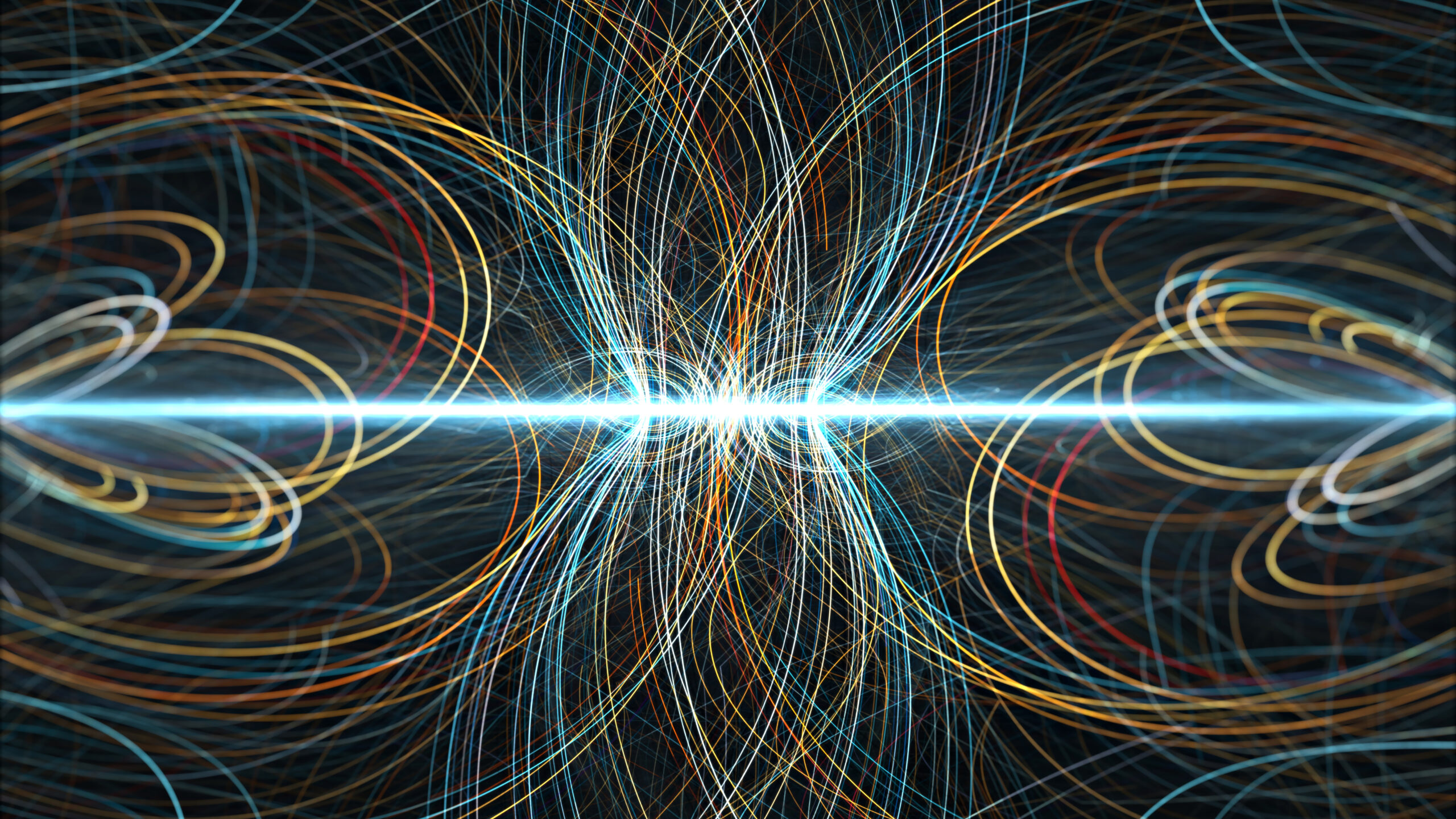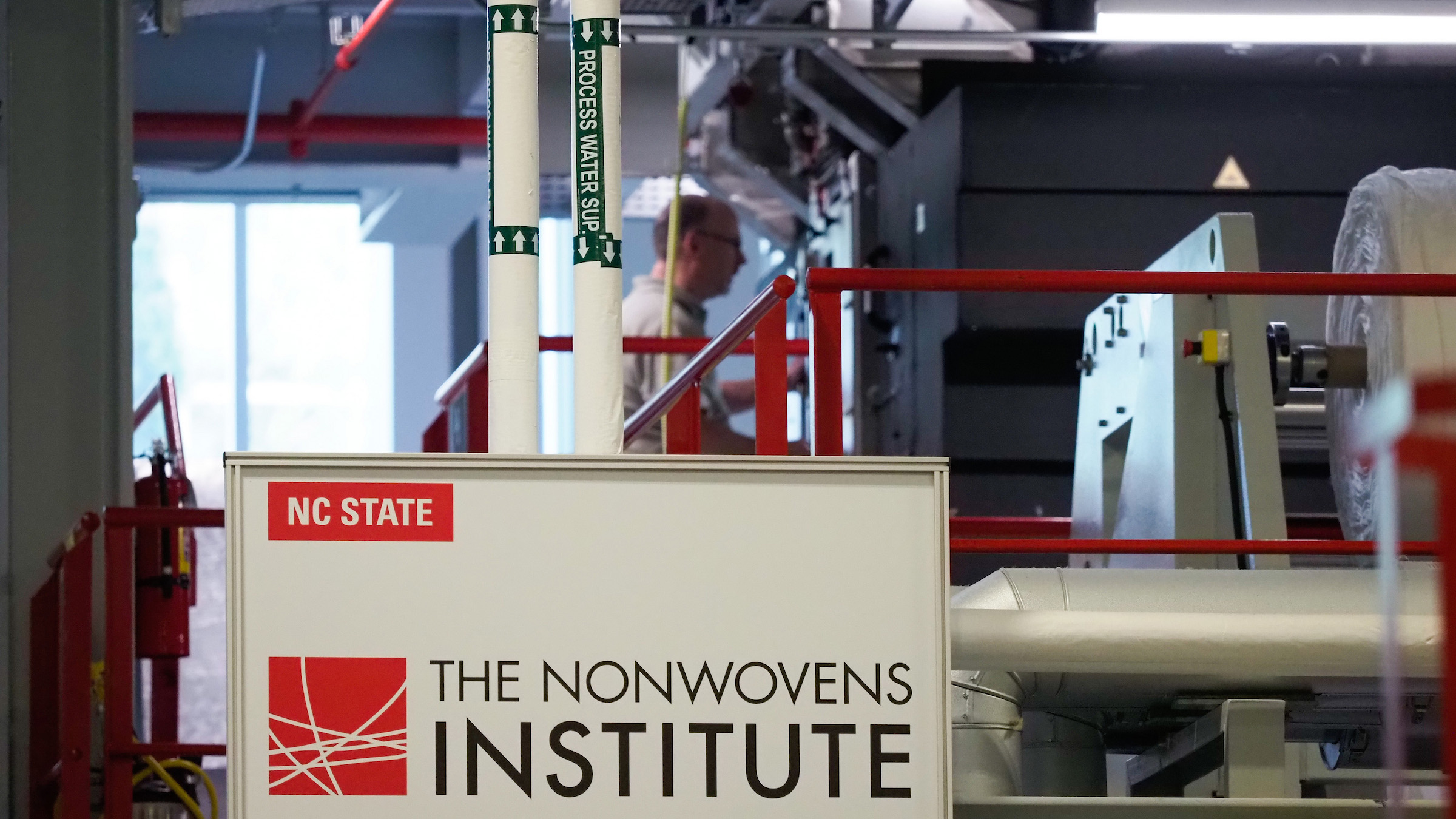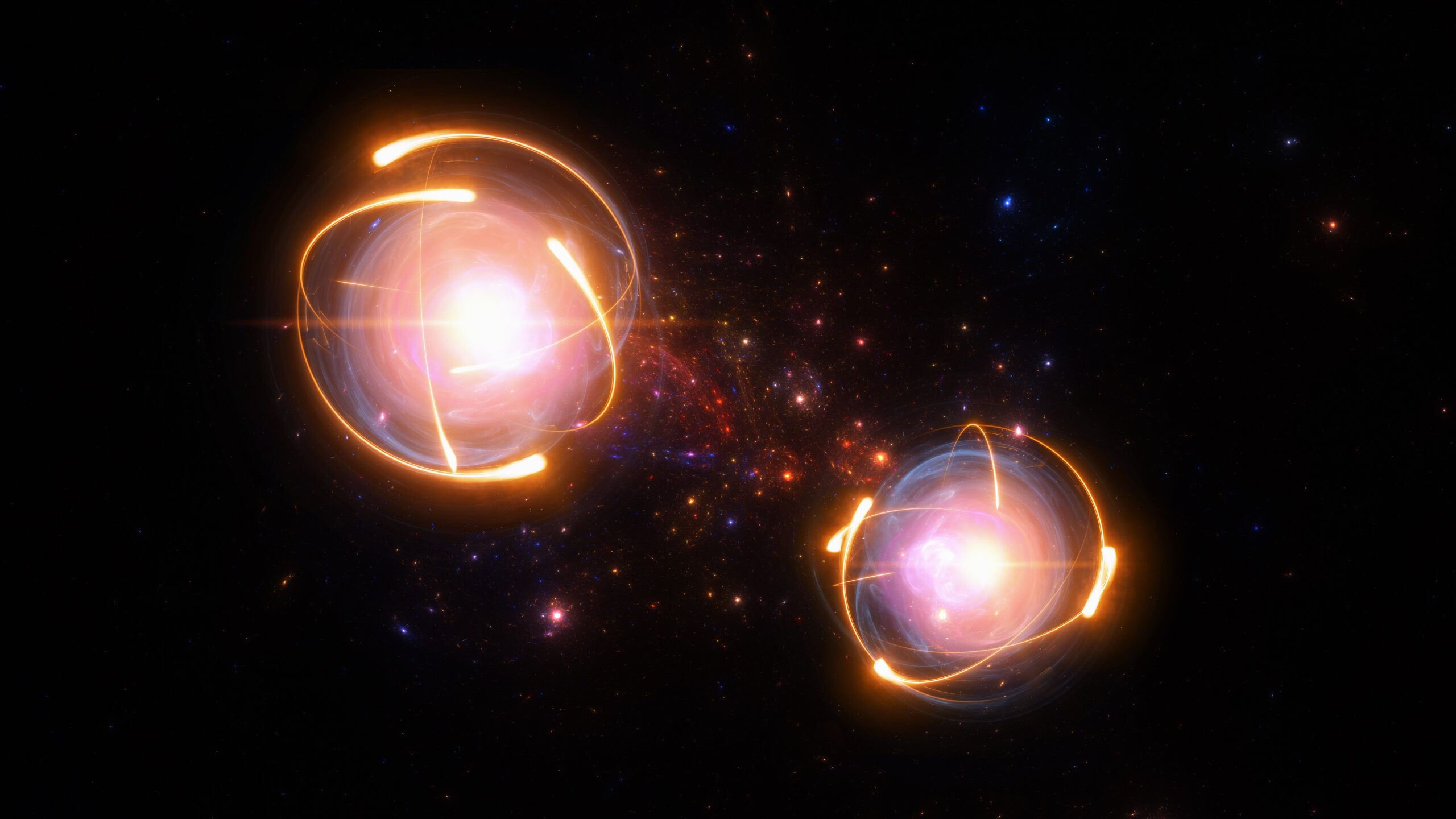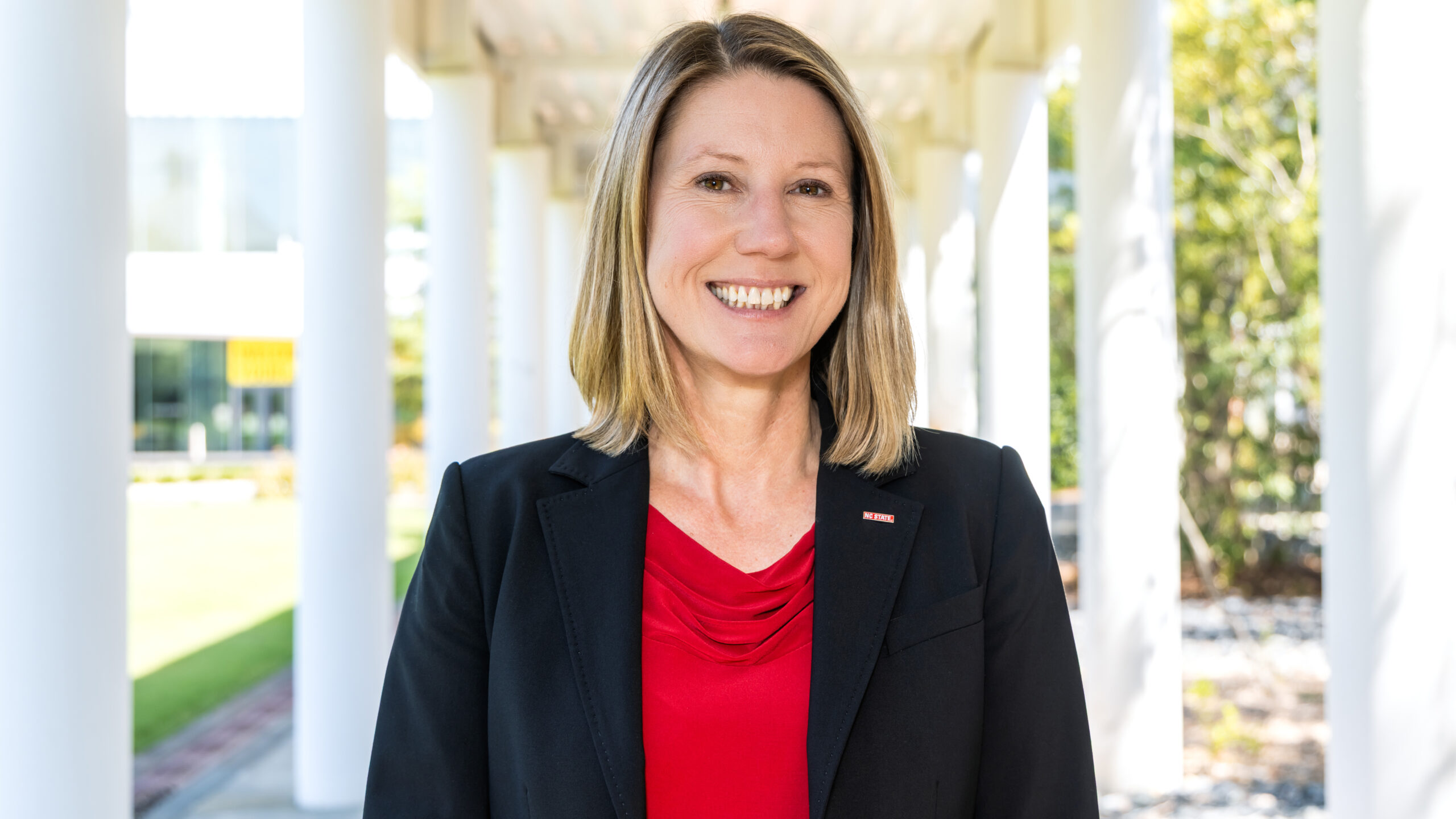NC State to Lead DOE-Backed $10M Quantum Computing Research Project
Our university will partner with the Lawrence Berkeley National Laboratory, NASA’s Ames Research Center, Pacific Northwest National Laboratory, Rutgers University and the University of Massachusetts Amherst.

NC State University has been granted up to $10 million over five years from the U.S. Department of Energy (DOE) to research the utility of hybrid quantum computing processors, which could completely change how quantum computers are built and used.
The research will explore the potential advantages of creating quantum computers based on a combination of quantum harmonic oscillators and qubits. Existing quantum computers are almost entirely based on qubits.
“We’re going to propose work to investigate the benefit of hybrid oscillator-qubit quantum processors,” says Yuan Liu, an assistant professor of electrical and computer engineering, computer science, and physics at NC State and principal investigator of the award.
“Qubits and oscillators each have their own advantages and disadvantages,” Liu says. But compared to qubits, we know relatively little about the physics and computational capability of quantum oscillators.
NC State will lead the research project, in partnership with the Lawrence Berkeley National Laboratory (LBNL), NASA’s Ames Research Center, Pacific Northwest National Laboratory (PNNL), Rutgers University and the University of Massachusetts Amherst.
In addition to Liu, NC State is represented by Bojko Bakalov, Dror Baron, Lex Kemper, Frank Mueller and Huiyang Zhou.
Key collaborators from partner institutions include Daan Camps and Katherine Klymko, from LBNL; Timothy Stavenger and Nathan Wiebe, from PNNL; Norman Tubman, from NASA; Zheng Zhang, from Rutgers; and Chen Wang, from UMass Amherst.
The researchers will have access to equipment and resources at NC State’s IBM Quantum Innovation Center, LBNL’s National Energy Research Scientific Computing Center, NASA’s Advanced Supercomputing Division, PNNL’s Computational Sciences Facility, the Laboratory for Computer Science Research at Rutgers, and UMass Amherst’s Superconducting Quantum Circuit Lab, among others.
Instead of the chips that power classical computers, nearly all quantum computers run on qubits — short for quantum bits.
But for all the computing power qubits hold, they also have some major limitations. Fundamentally different from a qubit-only approach, the use of both “fermions and bosons” has recently started gaining traction in the quantum information science community.
“Basically anything can be viewed as a mixture of fermions and bosons,” Liu says. Electrons are an example of a fermion, and photons — the particles that make up what we perceive as light — are an example of a boson.
Quantum harmonic oscillators are also bosons.
Another way of looking at the difference between qubits and quantum oscillators, Liu explains, is as a discrete variable (DV) versus a continuous variable (CV); qubits are discrete, and oscillators are continuous.
That’s why Liu and the research team refer to this approach — leveraging the combined properties of qubits in tandem with quantum oscillators — as a hybrid CV-DV system. By taking advantage of oscillators’ properties, the researchers hypothesize a hybrid system could offer several benefits — and eliminate many of the obstacles that more traditional qubit-only systems face.
If that hypothesis turns out to be right, it might just help us realize the full potential of quantum computers.
“This hybrid CV-DV processor could help us proliferate quantum computing easier, better and faster,” Liu says.
In turn, it could give scientists the tools to one day answer some of humanity’s oldest questions.
“Why do we see the world the way we do? What you’re seeing right now all boils down to the quantum mechanics of mixed fermi-bose matter — how, at the most microscopic level, particles move and interact with one another. The law of how they move is governed by quantum mechanics,” Liu says. “If you look at a table, why it’s hard and doesn’t collapse, that’s because of the properties of electrons and how they interact with nuclei; basically, it’s the quantum mechanics of fermions and bosons.”
In the near term, Liu says the research project will yield answers that could “help us design better materials and superconductors, elucidating mechanisms of chemistry, and ultimately help to bring quantum utility.”
- Categories:


